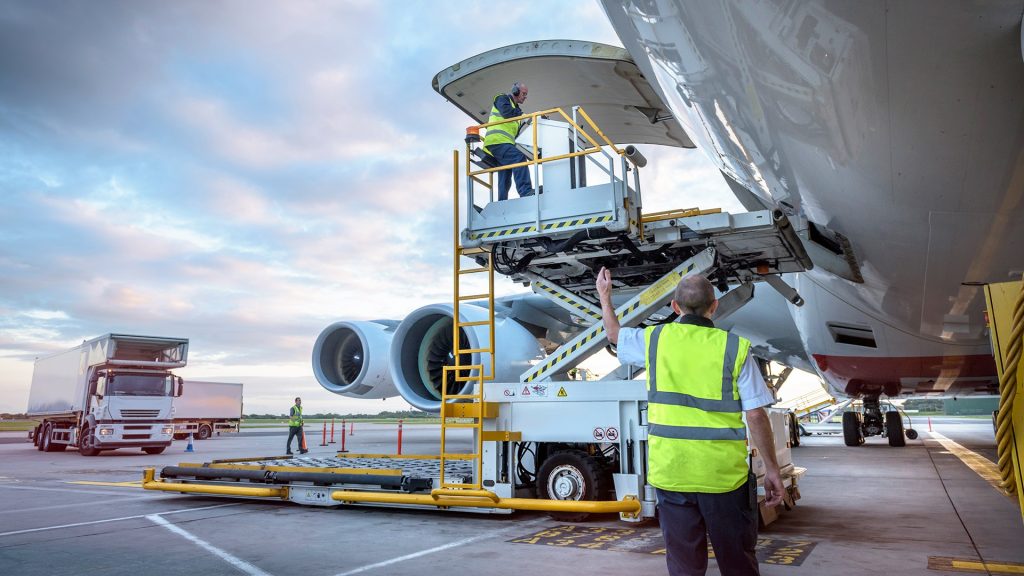African airlines saw a 5.7% decline in air cargo demand in February 2025 compared to the same month last year, while available capacity also fell by 0.6%, according to the latest report from the International Air Transport Association (IATA).
On a global scale, air cargo demand registered a slight drop of 0.1% compared to February 2024, marking the first decline since mid-2023. Capacity, measured in available cargo tonne-kilometers (ACTK), also decreased by 0.4%. However, international cargo operations showed some resilience, with a 1.1% capacity increase.
The IATA report noted that African airlines’ performance aligned with broader global trends, where cargo demand varied across different regions. The decline was influenced by several factors, including disruptions in sea trade, a surge in e-commerce, and the impact of the leap year in 2024, which resulted in an additional day of operations that February.

IATA’s Director General, Willie Walsh, pointed out that these exceptional circumstances had skewed comparisons with the previous year. Meanwhile, the global economy showed mixed signals. The industrial production index recorded its highest growth in two years at 3.2% year-on-year in January, while world trade expanded by 5%. Jet fuel prices averaged $94.6 per barrel in February, reflecting a slight 2.1% drop from January.
Other economic indicators showed moderate growth. The Purchasing Managers Index (PMI) for global manufacturing output stood at 51.5, suggesting expansion, while new export orders slightly increased to 49.6. Inflationary pressures remained high in the United States, Europe, and Japan, while China faced its first drop in consumer prices in nearly a year, signaling potential deflation concerns.
Air cargo performance also varied by region. The Asia-Pacific market led with a 5.1% increase in demand, whereas North American airlines experienced a slight decline of 0.4%. European carriers saw a marginal dip of 0.1%, while Middle Eastern airlines reported the steepest drop at 11.9%. In contrast, Latin American airlines recorded a 6% increase in cargo demand.
Trade lane activity also shifted, with the Trans-Pacific corridor remaining the busiest, followed by continued growth in intra-Asia routes. While cargo traffic on routes such as Europe-Asia and Transatlantic corridors expanded, demand weakened on Middle East-Asia routes, certain African trade connections, and select European routes.
Despite these fluctuations, the air cargo industry remains closely tied to global economic trends, with future demand expected to be shaped by supply chain adjustments, fuel price fluctuations, and shifts in international trade.


